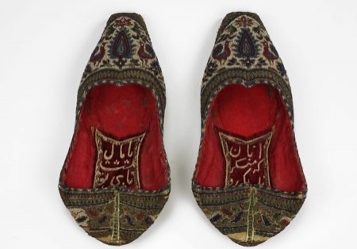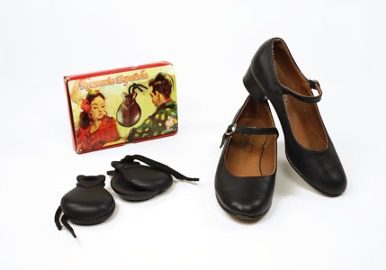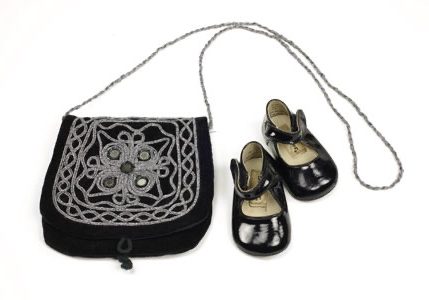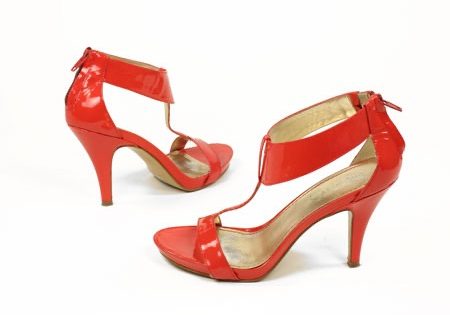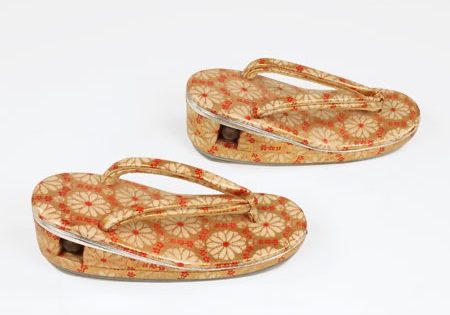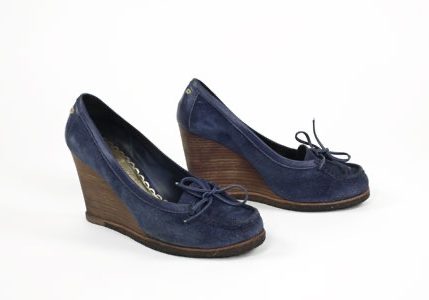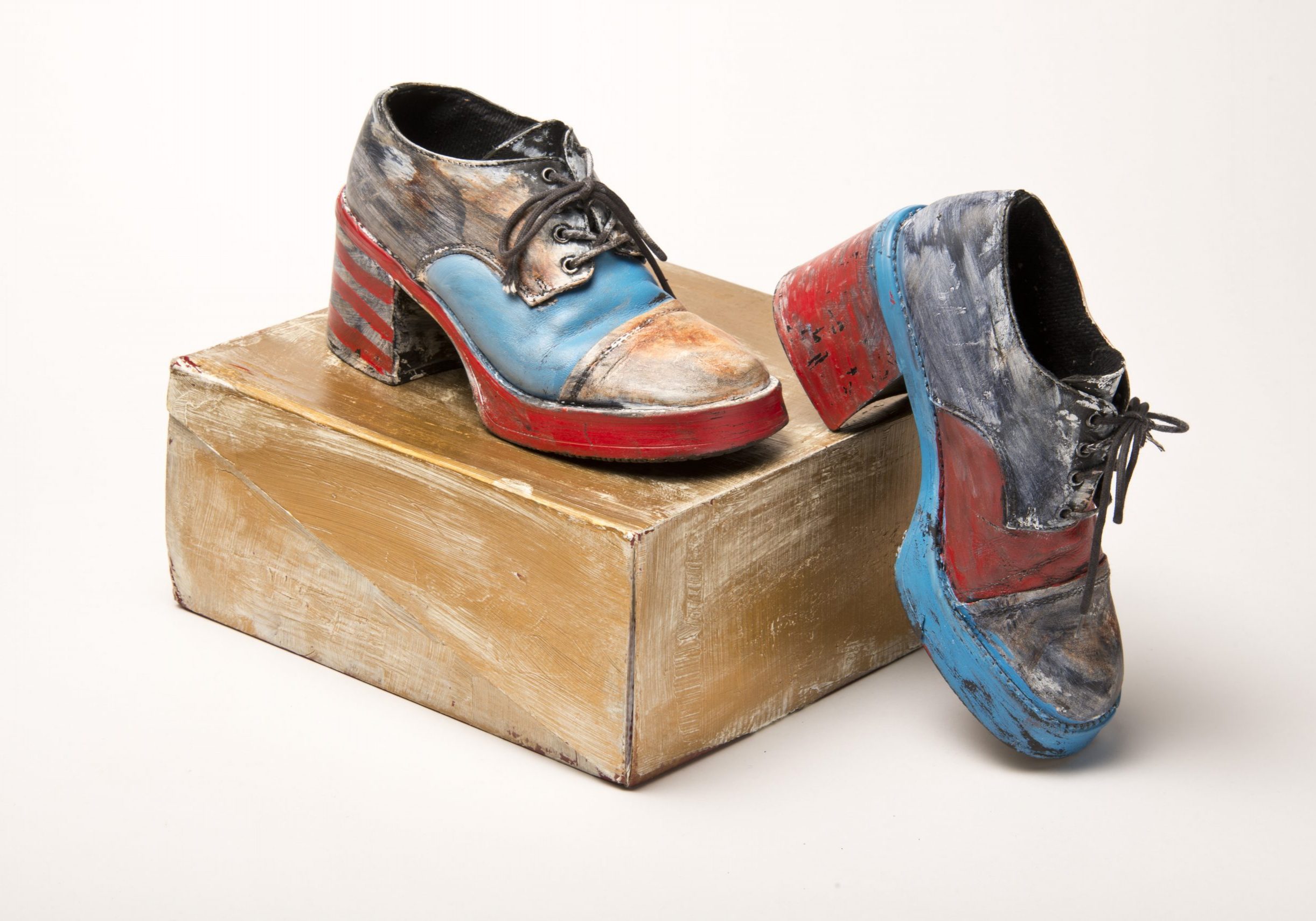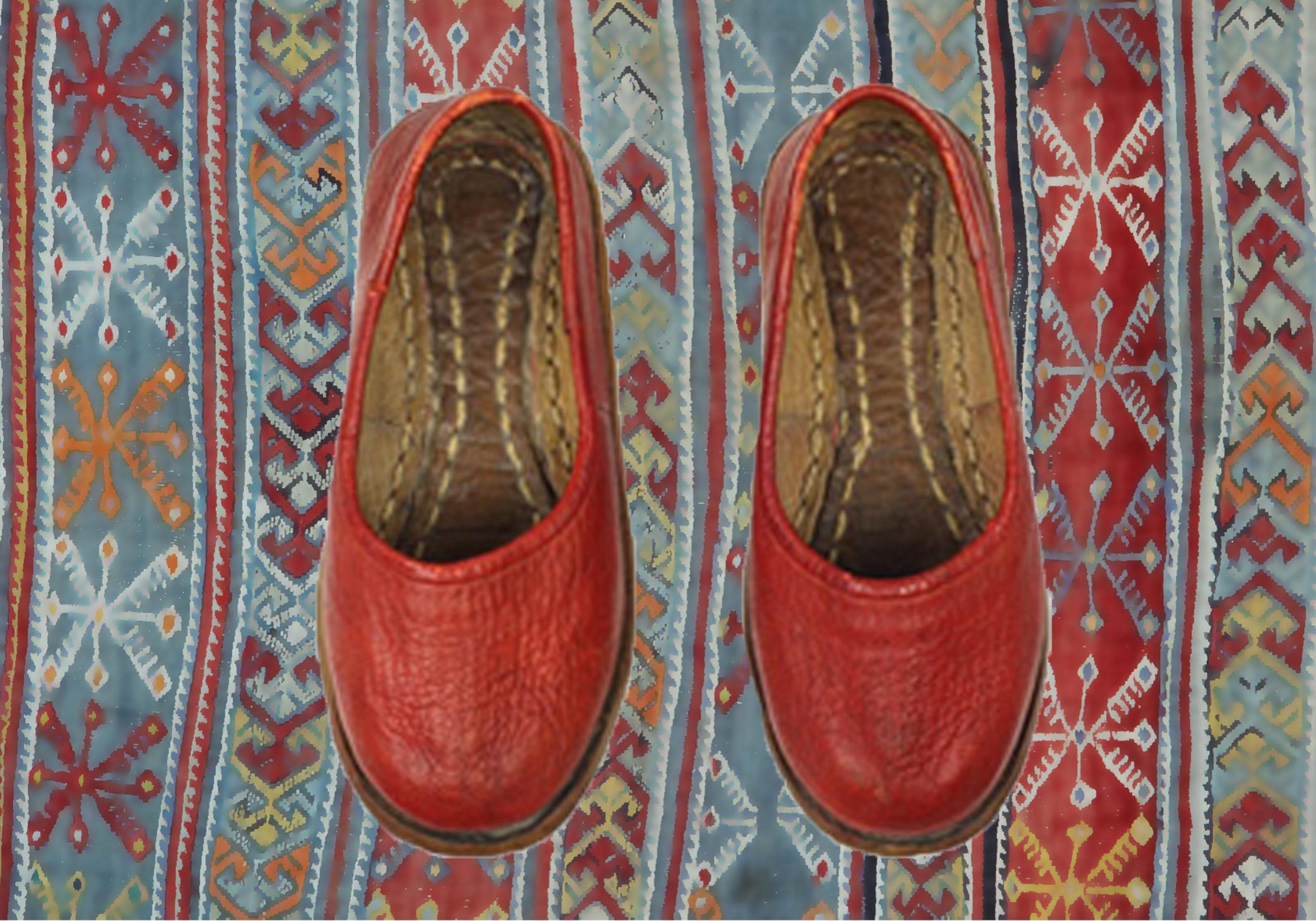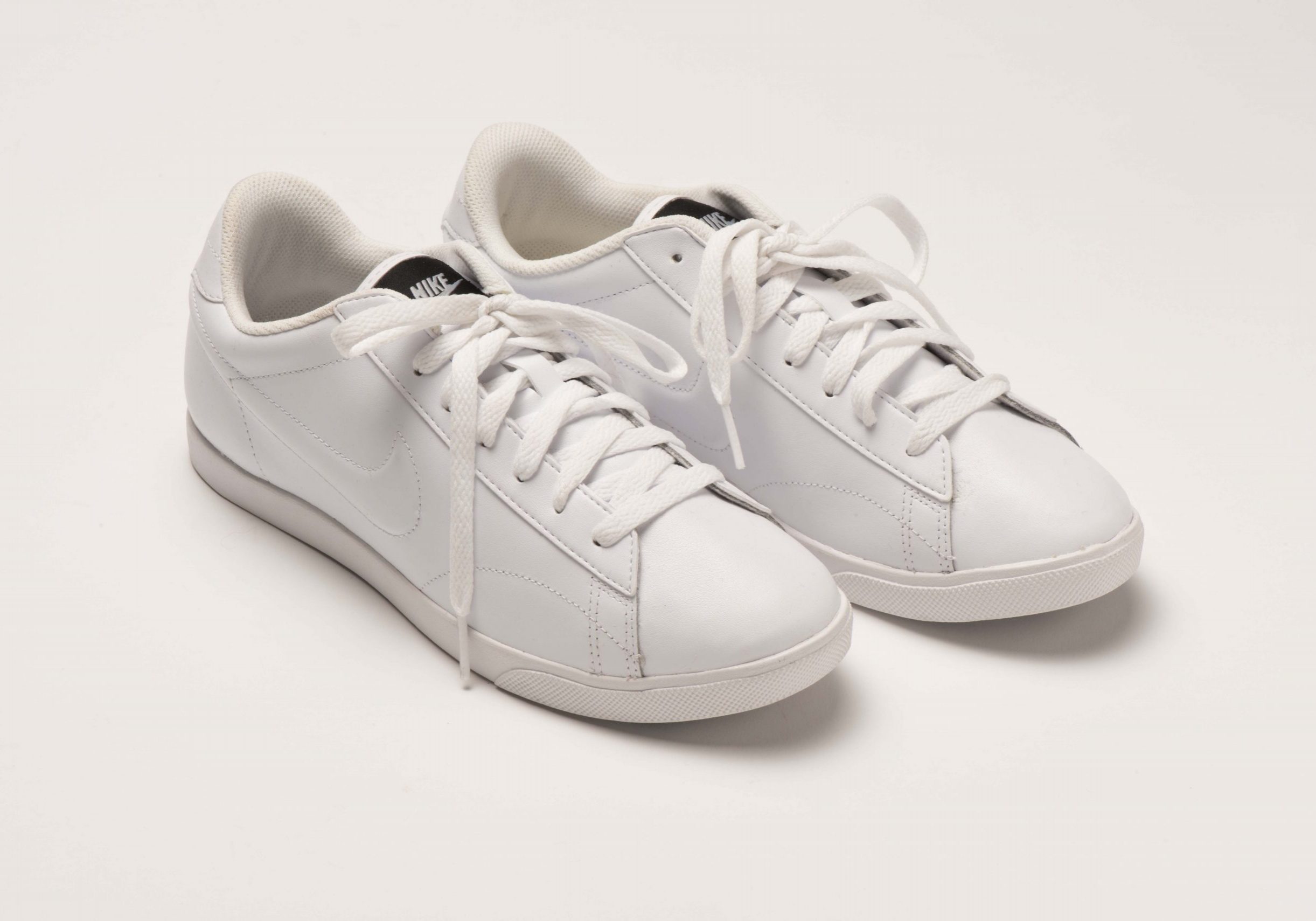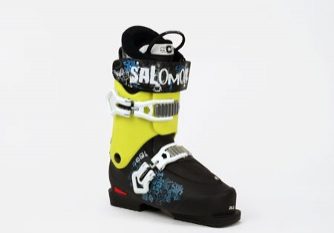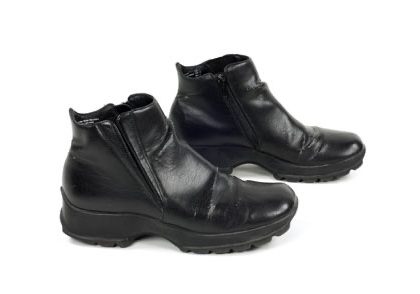My Aunt’s Memory of Shida
Miliete Selemon
Summary:
When I visited my aunt one day, I saw a black sandal hanging on her wall. I asked her to share her story with me. She told me that the sandal was called a Shida, and it didn’t belong to her but to one brave Eritrean fighter. She kept it as a memory of all Eritrean fighters who lost their lives during the war, especially as a memory of her sons.
Story:
One day I went to visit my aunt who lives in a rural area. I saw a black plastic sandal hanging on the wall of her house. The shoe was old, and the front of it was badly damaged. It was a man’s shoe, probably size 4O. I don’t know why, but it got my attention. So, I asked my aunt about it. She stared at it and said, “This shoe has a long story.” She spoke almost for 3 hours.
Twenty years ago, my aunt was travelling from Asmara to her village on foot. Suddenly, she heard an exchange of gunfire in the mountains. It was a battle between a few Eritrean fighters and thousands of Ethiopian soldiers. She hid in a cave until the battle was over. Even though she was used to hearing gunfire, it was very scary for her. When it became quiet, she started her journey, and on her way, she saw the Ethiopian soldiers dragging an Eritrean fighter. He was bleeding, and his one shoe had slipped off his foot. She felt terrible for not being able to help him, but she found the courage to save his shoe. After two hours, she came back and picked it up. Then she hung it in her house in memory of all fighters who were killed in the war at that time.
My aunt does not know the name of the owner of the shoe, but she is attached to him emotionally and psychologically. Sometimes, she feels that it is one of her sons’ shoes because three of her sons were members of the Eritrean People’s Liberation Front. She has not seen them since they joined the movement. Unfortunately, all three of them were sacrificed during the 30 year-long war of independence.
Eritrea has seen far more war than peace. Italy colonized it from 1890 to 1941, then Britain from 1941 to 1952. Without the desire of the Eritrean people, Eritrea was forced to federate with Ethiopia in 1952. Finally, Ethiopia violated the federation and annexed Eritrea in 1962. It was a turning point for Eritreans, who started an armed struggle to set the country free. Until they won their independence in 1991, most fighters wore plastic sandals.
Those plastic shoes had many benefits in the sweltering heat of the low-land region. They were inexpensive and allowed air to circulate around the feet. They were easy to fix when they got torn. They can be quickly repaired with a small flame to melt the plastic.
Several poems were written about these shoes. A number of songs have been sung to describe their incomparable role. Recognizing the importance of the shida, the government built a huge shoe statue in a small park in Asmara, the capital city of Eritrea. Made of metal and five meters long, the statue was built on Eritrea’s tenth Independence Day to serve as a symbol for all the martyrs.
My aunt may not have published the story of the plastic shoe she holds as a souvenir, but I remember it more than any story I have been told since my childhood. The same as my aunt, that story is still etched in my mind. Her memory has become my memory.
MILIETE SELEMON is a teacher from Eritrea. She came to Canada a year and a half ago with her three children to reunite with her husband, who was forced to flee the country due to his journalistic work. She lives happily in Toronto and works as assistant editor of Meftih newspaper that serves Eritrean Canadians.
